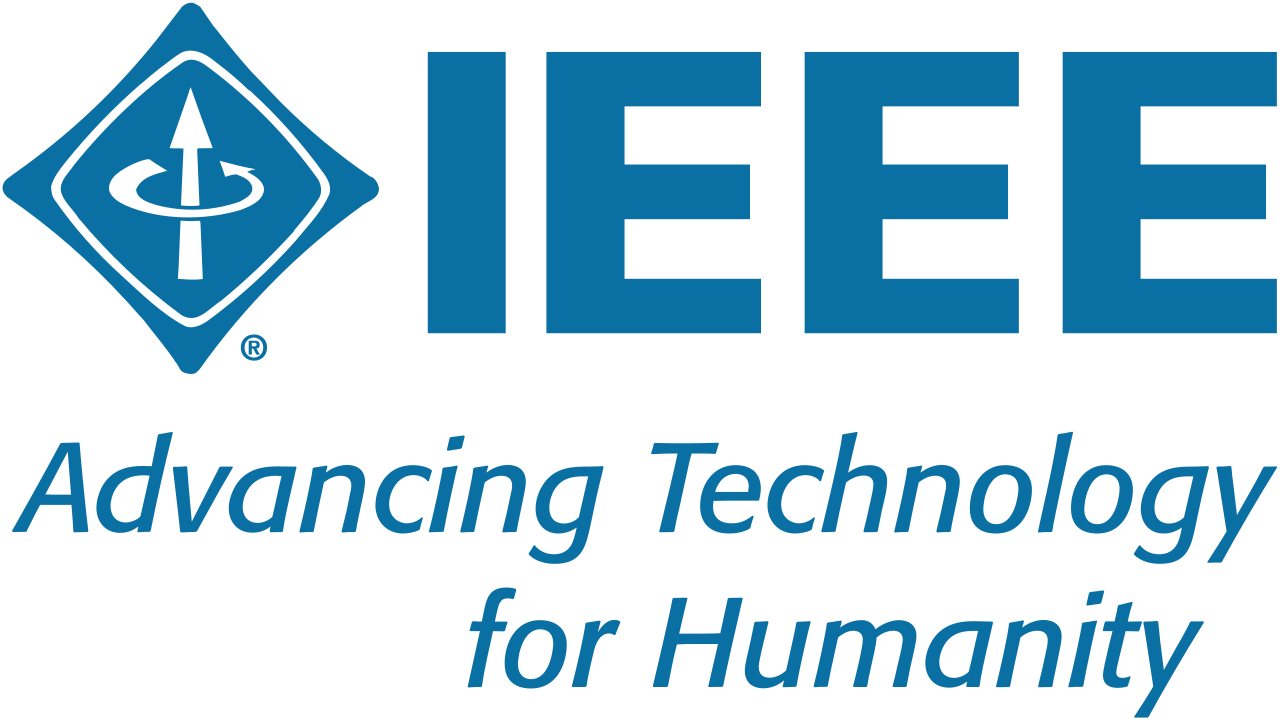Analysis of Tomato Ripeness by Color and Texture Using Cielab and K-Means Clustering
Abstract
Humans have limitations, including in the identification of tomatoes. With the nature of limitations, it makes it difficult for humans to identify the ripeness of tomatoes in large quan- tities. So far, the selection and determination of the quality activity of tomatoes is carried out manually, resulting in a less uniform product. Manual identification of tomato ripeness has many disadvantages caused by many factors, such as fatigue, lack of motivation, experience, proficiency and so on. This study aims to create a tomato maturity level analysis system based on color and texture using CIELAB and K-Means clustering as a method to determine tomato maturity precisely and accurately. This system displays five images, namely RGB, CIELAB, K-Means clustering, binary and grayscale images, after entering the tomato image, the image will be processed using the five images and the results of extracting characteristics from the tomato will come out. The accuracy rate of tomato ripeness has an average value of 92.70%. The benefit of this research is that it can save time in classifying tomato ripeness and make it easier to determine tomato ripeness based on color.
Keywords
References
Takashi, N., Maki, H., Nishina, H., Takayama, K. (2013). Evaluation of Tomato Fruit Color Change with Different Maturity Stages and Storage Temperatures using Image Analy- sis. IFAC Proceedings Volumes, 46(4), 147-149. doi: https://doi.org/10.3182/20130327-3-JP- 3017.00034.
[2] Mukhofifah„ M., Nurraharjo, E. (2019). Sistem Deteksi Kematangan Buah Alpukat Menggunakan Metode Pengolahan Citra. Jurnal Dinamika Informatika, 11(1), 12–23. doi: https://doi.org/10.35315/informatika.v11i1.8144.
Mohammad, S. M. (2020). Artificial Intelligence In Information Technology. International Journal of Innovations In Engineering Research and Technology (IJIERT), 7(6), 168-175. doi: http://dx.doi.org/10.2139/ssrn.3625444
Jatmika, S., Purnamasari. (2014). Rancang Bangun Alat Pendeteksi Kematan- gan Buah Apel Dengan Menggunakan Metode Image Processing Berdasarkan Kom- posisi Warna. Jurnal Ilmiah Teknologi dan Informasi ASIA. 8(1), 1-43. Available at: https://jurnal.stmikasia.ac.id/index.php/jitika/article/view/128
Astrianda, N. Klasifikasi Kematangan Buah Tomat Dengan Variasi Model Warna Meng- gunakan Support Vector Machine. (2020). VOCATECH Vocational Education Technology Journal. 1(2), 45–52. doi: https://doi.org/10.38038/vocatech.v1i2.27.
Arief, M. (2019). Klasifikasi Kematangan Buah Jeruk Berdasarkan Fitur Warna Menggunakan Metode SVM. Journal Ilmu Komputer dan Desain Komun. Vol. 4(1), 9–16. Available at: https://journal.unusida.ac.id/index.php/jik/article/view/53
Widyasari K., Rosiani, U. D.,
Saikin, S., Fadli, S., Ashari. (2021). Optimization of Support Vector Machine Method using Feature Selection to Improve Classification Results. JISA (Jurnal Inform. dan Sains). 4(1), 22–27. doi: https://doi.org/10.31326/jisa.v4i1.881
Aditya, A., Jovian, I., Sari, B. N. (2020). Implementasi K-Means Clustering Ujian Na- sional Sekolah Menengah Pertama di Indonesia Tahun 2018/2019. J. MEDIA Inform. BUDI- DARMA. 4(1). doi: https://doi.org/10.30865/mib.v4i1.1784.
Himmah, E. F., Widyaningsih, M., Maysaroh, M. (2020). Identifikasi Kematangan Buah Kelapa Sawit Berdasarkan Warna RGB Dan HSV Menggunakan Metode K-Means Clustering. J. Sains dan Inform. vol. 6, no. 2, 193–202. doi: https://doi.org/10.34128/jsi.v6i2.242
Abdullah, M. N et al. (2021). Colour Features Extraction Techniques and Approaches for Content-Based Image Retrieval (CBIR) System. J. Mater. Sci. Chem. Eng. 09(07): 29–34. doi: https://doi.org/10.4236/msce.2021.97003.
Akishin, O. V., Gudkovsky, V. A., Sutormina, A. V., Potapova, A. A., Medelyaeva, A. Y. (2021). Development of a new method for determining the degree of ripeness of tomato fruits with different colors of ripe fruits. IOP Conf. Ser. Earth Environ. Sci.. 845(1), 012011. doi: https://doi.org/10.1088/1755-1315/845/1/012011
Ladipi, I. A. (2022). Application of Image Processing to Determine the Tomato Fruit’s Ripeness. Sriwij. J. Environ., 7(2), 80–90. doi: https://doi.org/10.22135/sje.2022.7.2.80-90.
Sinaga, A. S. (2019). Segmentasi Ruang Warna L*a*b. J. Mantik Penusa. 33(1), 43– 46. Available at: https://e-jurnal.pelitanusantara.ac.id/index.php/mantik/article/view/562/336
tasi Sistem
nakan Metode https://jurnal.stiki.ac.id/index.php/SMATIKA/article/download/536/396/
Pendeteksi RGB.
Tingkat SMATIKA
Pramudhita, A.N. (2021). Implemen- Kematangan Buah Pepaya Menggu- Jurnal. 11(01), 32-36. Available at:
Sanusi, S. H. S., Susetianingtias, D. T. (2019). Pembuatan Aplikasi Klasifikasi Citra Daun Menggunakan Ruang Warna RGB dan HSV. J. Ilm. Inform. Komput. 24(3), 180–190. doi: https://doi.org/10.35760/ik.2019.v24i3.2323.
S. G. Kellison, “The theory of interest,” Richard D. Irwin Inc, Homewood, 1991.
Putra, I. K. N. (2023). Implementasi Metode K-Means Clustering pada Ekspor Kopi Berdasarkan Negara Tujuan. Jurnal Ilmu Komputer dan Bisnis. XIV(1a), 45–55. Available at: https://ojs.stmikdharmapalariau.ac.id/index.php/jikb/article/view/332/373.
Prayoga Y., Tambunan, H. S., Parlina I. (2019). Penerapan Clustering Pada Laju Inflasi Kota Di Indonesia Dengan Algoritma K-Means. BRAHMANA J. Penerapan Kecerdasan Buatan. 1(1), 24–30. doi: https://doi.org/10.30645/brahmana.v1i1.4.
DOI: 10.33751/komputasi.v20i2.8311
 Abstract views : 522
Abstract views : 522
Refbacks
- There are currently no refbacks.

This work is licensed under a Creative Commons Attribution 4.0 International License.









